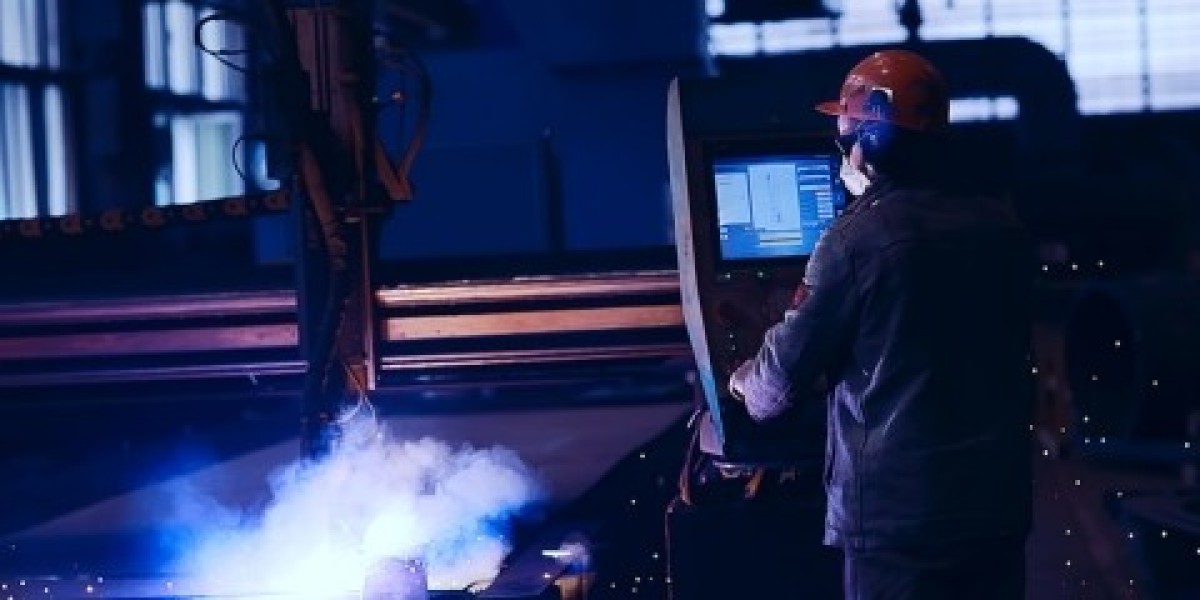Casting products is a fundamental process in manufacturing that involves shaping molten material into a desired form. This guide aims to provide a comprehensive overview of the casting products process, covering various methods, materials, and essential steps to achieve successful product casting.
Understanding Casting: Casting is the process of pouring molten material, such as metal, plastic, or glass, into a mold to create a specific shape. It's a versatile method used across industries to produce intricate parts, components, and finished products.
Types of Casting Processes:
- Sand Casting: This method uses sand molds to create the desired shape. It's versatile, cost-effective, and suitable for both ferrous and non-ferrous metals.
- Investment Casting: Also known as lost-wax casting, this precise method involves creating a wax pattern, coating it in ceramic, melting out the wax, and pouring molten metal into the mold.
- Die Casting: Employing high-pressure to inject molten metal into a steel mold, die casting ensures rapid production of complex shapes with high accuracy.
- Permanent Mold Casting: Utilizing reusable molds, this method is ideal for high-volume production of consistent, high-quality parts.
Materials Used: The choice of material depends on the product requirements. Metals like aluminum, steel, and bronze are common in metal casting due to their strength and durability. Non-metal materials like plastics, ceramics, and glass also offer unique properties suitable for specific applications.
Steps to Successful Casting:
- Designing the Mold: Create a precise mold that reflects the intended product design.
- Preparing the Material: Melting and preparing the material to the desired temperature for casting.
- Pouring and Solidification: Carefully pour the molten material into the mold and allow it to solidify.
- Cooling and Removal: Allow the casted product to cool within the mold before carefully removing it.
Quality Control: Regular inspections, testing, and quality checks during and after the casting process ensure that the products meet the required standards. This includes dimensional accuracy, surface finish, material integrity, and other specific quality parameters.
Conclusion: Mastering the art of casting products requires a blend of technical expertise, precision, and an understanding of materials and processes. By comprehensively understanding the various casting methods, materials, and meticulous attention to detail, manufacturers can consistently produce high-quality products across industries. For more information visit click here machinedcasting.








